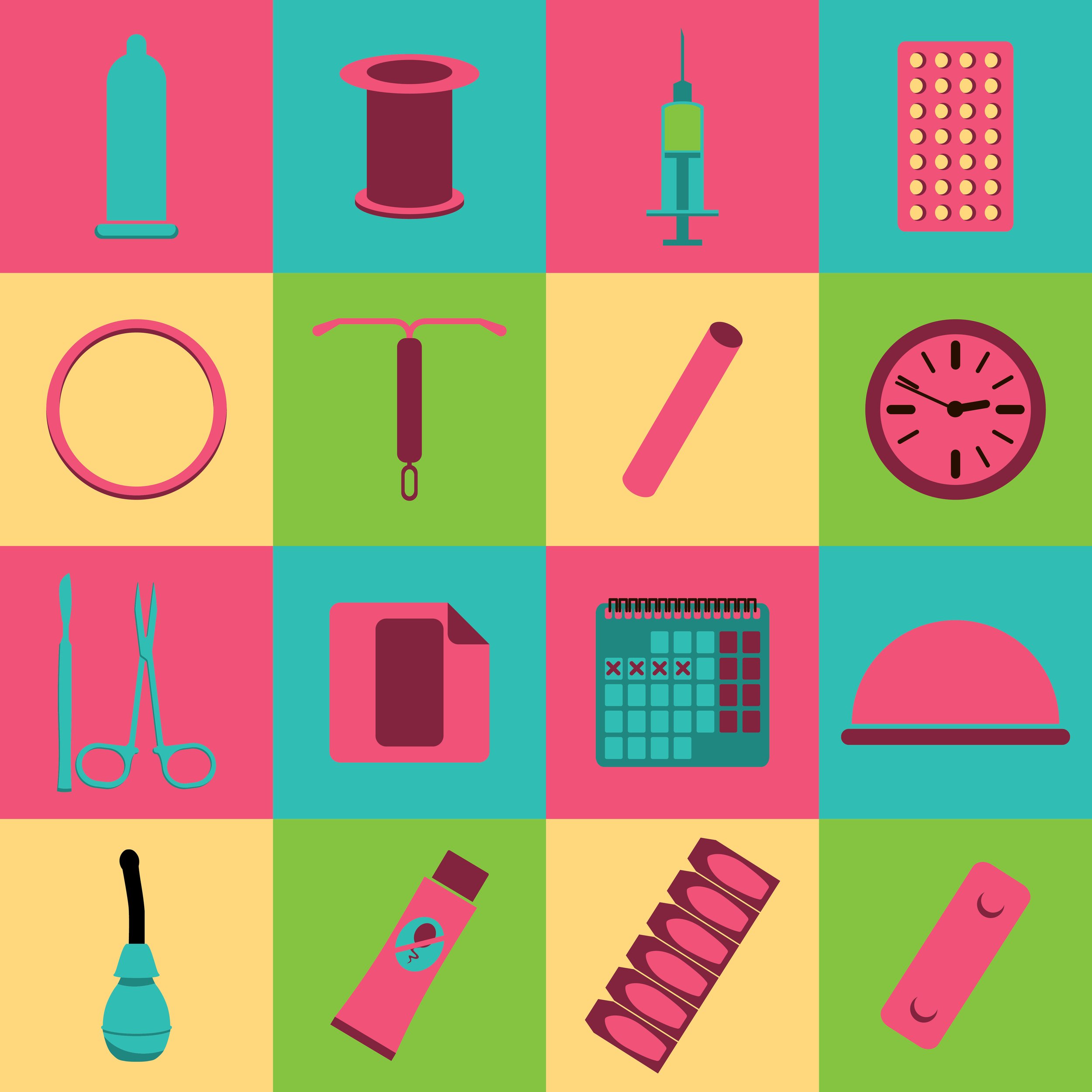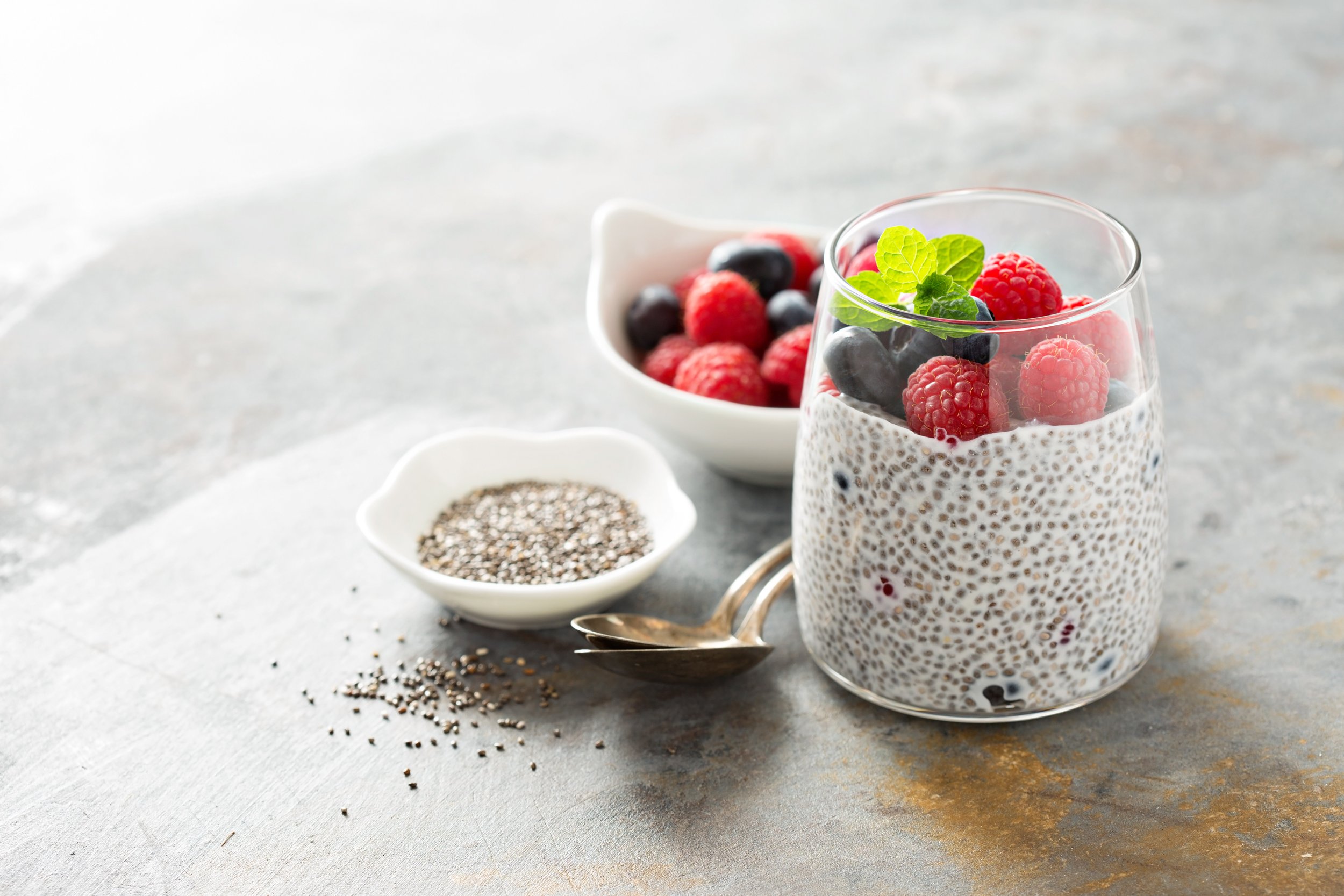I recently took a class taught by Lily Nichols on this topic, and the information is just too important to not share. First, I want to say a couple of things. Breastfeeding is not possible or a choice that everyone makes, and that is ok. I have had a difficult breastfeeding journey with each of my three boys and with my middle son, I wasn’t able to breastfeed at all. That being said, I do remember being very confused about what could, should, and shouldn’t consume, and I really had no idea how any of it impacted my milk. The other thing that I share before I break some of this information down is that this is a topic that is not readily available. Honestly, it wasn’t covered in any of the lactation training s that I have taken, and it’s pretty important stuff. I would like to add that if formula feeding is your choice, or if you choose to not chest feed your baby, I support however you choose to feed your baby.
The nutrient transfer in breast milk is widely variable. It is very dependent on maternal intake. The following vitamins are very dependent on maternal intake. B1, B2, B3, B6, B12, Vitamins A, D, E, K, choline, and fatty acids (DHA). The following are less dependent on maternal intake: folate, iron, calcium, and most trace minerals. The maternal body will pull from stores for folate. Supplementation can also be helpful, but there are a lot of factors to consider when supplementing and choosing a supplement.
Let’s start out by discussing why any of this matters. At birth, a baby’s brain is only 25% developed, and it will doubles in size in the first year of life. Then there are the first 1000 days which are conception until age two. This time period is critical to brain development and epigenetics for a child. What needs to be a primary thought is what are we setting our children up for. One thing that can’t be disputed is the nutritional transfer via breast milk. That being said, we can’t transfer what we do'’t have. There is a lifelong benefit to this. “Key nutrients that support neurodevelopment include protein, zinc, iron, choline, folate, iodine, vitamins A, D B6, B12, and long-chained polyunsaturated fatty acids. Failure to provide these key nutrients during this critical time of brain development may result in lifelong deficits in brain function despite subsequent nutrient repletion.” (2018 American Academy of Pediatrics) What does this mean? We get one shot at this.
This also means that it is wise to look at the maternal diet. Here is one thing to note and I’m gonna bold in this next part! EVEN IF A MOTHER’S DIET ISN’T PERFECT, HER MILK IS STILL A SUPERFOOD! That being said, milk with a lower level of nutrients is a risk for both mom and baby. If a birthing person goes into their pregnancy nutrient deficient, what we know is that they are entering postpartum and their lactation journey nutrient deficient. One thing that should be noted is, at times it can be difficult to measure the exact nutrients of breast milk as there are a few things to consider. What stage of nursing are they at? Colostrum vs mature milk. What time of day is it being measured? How is the milk being handled? What are the different assays of the lab that is working with the milk? (milk banks) Let’s talk about some of the other nutrients and what the contents are.
Protein. Amino acids are highest in colostrum, and we see a decline in mature milk. This process does stabilize after about four months postpartum. There is a definite shift in amino acid concentrations at different stages of infant development. Protein concentrations can shift with variable intake, and we do see a lower protein content after an overnight fast. This also brings up another interesting point. I get a lot of questions regarding intermittent fasting and breastfeeding. The overarching consensus is that it is not a great idea during lactation.
FAT. This topic is one of my favorites and is a really important element of breastmilk. There is also a highly variable content depending on maternal intake. The percent of fat in breastmilk varies up to 50%. There are also three sources of fat which are diet, the synthesis of nutrients in the breast, and maternal fat stores. Fat content is highest in colostrum, lower in mature milk, and highest in hindmilk. There are a couple of things to note, leaner women will make lower-fat milk. This matters as these individuals will need to look at having a higher fat content in their diet. Your babies NEED fat! There is also no direct link between the number of times you nurse, and the fat content in milk. You won’t make more milk because you have more fat in your diet. The fat content of the milk will change, not the amount of milk produced. As long as we are speaking about fat content, that brings us to another interesting point. Breast milk of nutrient-depleted mothers only produces a portion of some of the necessary micronutrients. For example, breast milk only contains 60% of thiamine, 53% of riboflavin, and 16% B12.
B12. This is an incredibly important vitamin to be aware of. The amount found in breast milk is highly dependent on maternal intake. Your B12 status during pregnancy is an indicator of your b12 status in lactation. Here are some of the things that we see in infants who are deficient in B12. Irritability, poor feeding, severe growth stunting, marked developmental regression, (especially in motor skills)demyelination, and excessive sleepiness. Symptoms of this type appear around four-seven months of age. The is one really CRITICAL item to note with this. Deficits are NOT reversed by treatment about 40%-50% of the time. There are a few risk factors with this. Vegetarian and vegan diets (when not adequately supplemented), if someone has poor absorption of certain types of anemia. There are a few things that can really help. KEEP TAKING YOUR PRENATAL VITAMIN. B12 needs are higher in lactation with the RDA of 2.8mcg vs 2.6 mcg during pregnancy. There is some research that indicates that levels that are 3x higher than the RDA are necessary to maintain adequate levels of B12 in breast milk. How can you ensure that you are getting enough? Here are some foods that are high in B12. Clams, oysters, liver and organ meats, red meat, and there is some but in much lesser amounts in eggs/dairy. It is highly recommended that vegans and vegetarian diets supplement lactation above the RDA to ensure that there are high enough levels in their breast milk.
This is a lot of information, but at the end of the day, we need to realize that our nutrition matters. We can’t give what we don’t have, and it is really difficult to heal without making sure that we are getting enough nutrtion for ourselves and our baby. There is much more info on where this came from, and I will write another post continuing all of this next week. Up next….Choline, Vitamin C, Fatty Acids, and DHA.
Breastfeeding can be a little overwhelming, and when you are also trying to consume a healthy diet while doing everything else as a new parent, it can seem like it is hard to know where to start. A healthy eating plan is imperative. I can simplify this process for you. Schedule a time with me here.
XOXO-Holly




















